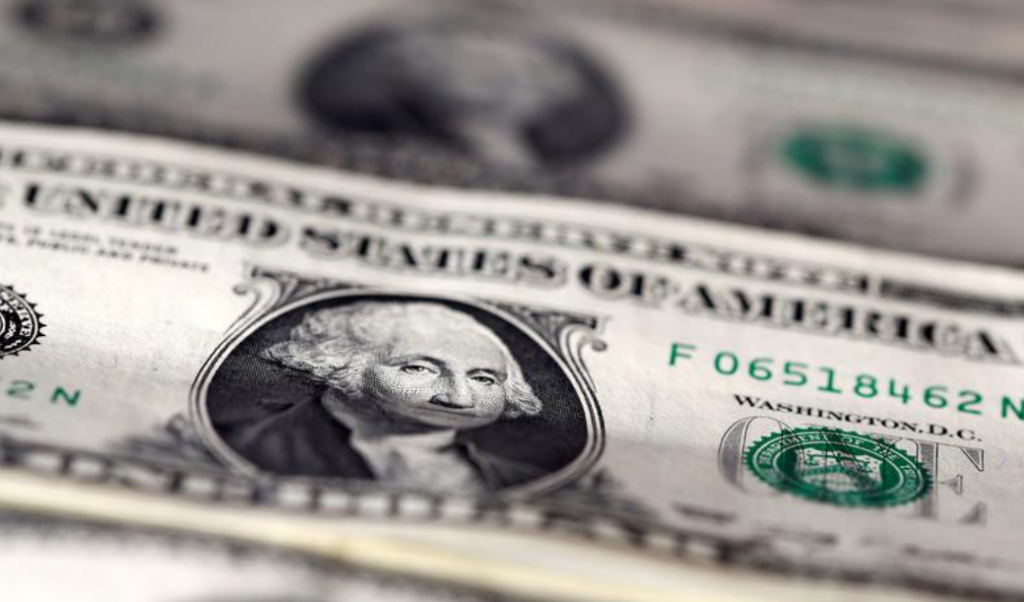
The U.S. dollar’s share of currency reserves reported to the International Monetary Fund fell to 60.4% in the third quarter, from 61.2% in the second, IMF data showed on Thursday.
The dollar, however, remains the largest-held currency by global central banks.
A year earlier, the dollar accounted for 61.5% of total reserves. Its share has declined for two straight quarters.
Global reserves are assets of central banks held in different currencies and are used primarily to support their liabilities. Central banks sometimes use reserves to help support their respective currencies.
IMF data also showed global reserves rose to a record $12.254 trillion in the third quarter, from $12.012 trillion in the second quarter.
Reserves held in U.S. dollars totaled $6.937 trillion, or 60.4% of allocated reserves in the third quarter. In the second quarter, dollar reserves were at $6.899 trillion, for a 61.2% share.
Some analysts have questioned whether the dollar could relinquish its dominance as a reserve currency given the United States’ waning geopolitical power, huge debt burden and the emergence of alternative currencies.
“It is true that the dollar will one day lose its status, as was the case with every global reserve currency before it, but the chances of this happening in our lifetime are exceedingly low,” said David Rosenberg, chief economist and strategist at Rosenberg Research, in his latest research note.
“The depth of dollar dominance is overwhelming and shows no immediate signs of drying up, even in the aftermath of COVID-19,” he added.
So far this year, the dollar has fallen 6.4%, its worst yearly performance since 2017.
Rosenberg believes that the dollar is currently in a cyclical bear market, not at the precipice of a collapse.
The euro’s share of global reserves was steady at 20.5% in the third quarter, compared with 20.1% in the second, IMF data showed. At its peak in 2009, the euro’s share of global reserves was 28 percent.





























